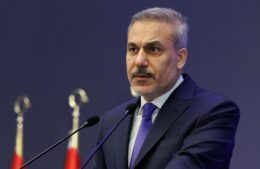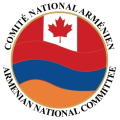One Photographer’s Personal Endeavor to Track Down Survivors of the Armenian Genocide, 100 Years Later
- (0)
One Photographer’s Personal Endeavor to Track Down Survivors of the Armenian Genocide, 100 Years Later
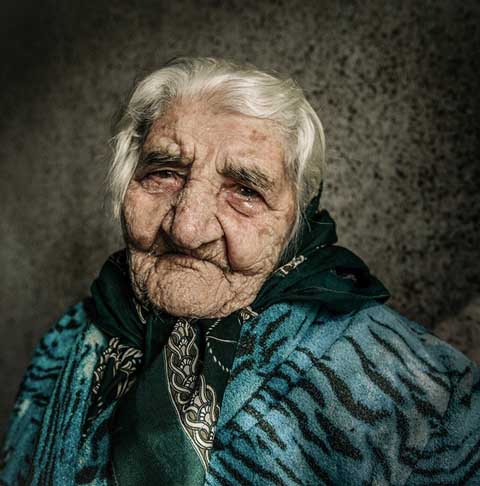
Gevorgyan recalls crossing the Araks River to enter Armenia. It was “red, full of blood” from the corpses that Ottoman soldiers tossed into the water.
A hundred years ago, as the Ottomans anxiously tried to hold together their collapsing empire, they launched a campaign of ethnic cleansing against the territory’s Armenian population, whom they feared as a threat to Turkish rule. Between 1915 and 1923, Ottoman forces killed 1.5 million Armenians and expelled half a million more in what is widely considered the first major genocide of the 20th century. Men, women and children were marched to mass graves in the Syrian desert or massacred in their homes. Ottoman soldiers destroyed Armenian churches and villages and confiscated property. Survivors fled into Armenia, then a republic that would soon be swallowed by the Soviet Union. Others scattered around the world.
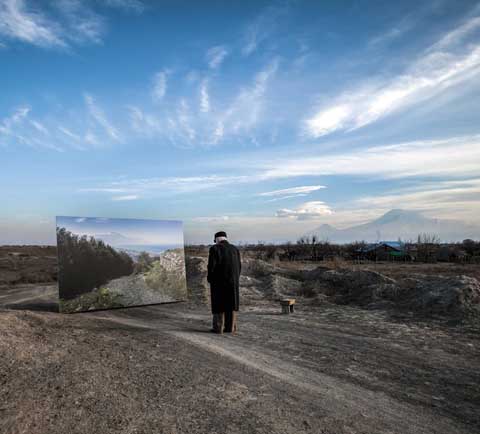
Movses Haneshyan, now 105, stands in front of a panel of an image of his home in Kebusie, Turkey. He was 5 when he fled the village.
The Armenian-American photographer Diana Markosian, who had a great-grandfather from eastern Turkey who survived the genocide because Turkish neighbors hid him until it was safe to flee, has undertaken to document the national memory of the event in portraits of living survivors. Raised in Moscow, Yerevan and Santa Barbara, California, Markosian says that she long felt the weight of the genocide as a burden, a “monstrous history you inherited because of your ethnicity.” It’s a history that hasn’t been fully acknowledged. To this day, Turkey disputes the extent of the killings and denies that they were planned by Ottoman officials, and the U.S. government declines to recognize the atrocities as a “genocide,” a word no sitting American president has used to describe the fate of the Armenians.
Consulting voter registries to track down Armenian citizens born in Turkey before 1915, Markosian found some survivors still alive in Armenia, now an independent nation of three million people. She photographed them in their homes and, later, after traveling to the places they had fled, she reunited the survivors with images of their lost hometowns and documented the reunions.
The images are surreal meetings at the crossroads of place and memory. Farmland has overtaken villages; ancient mountaintop churches stand in ruins. Some of the survivors wept when they saw her photos of their former homes, which beckoned like Ararat in the distance, enduring but out of reach. “I wanted to help the survivors reclaim a part of their own history,” Markosian says. “But how do you show something that’s not there?”
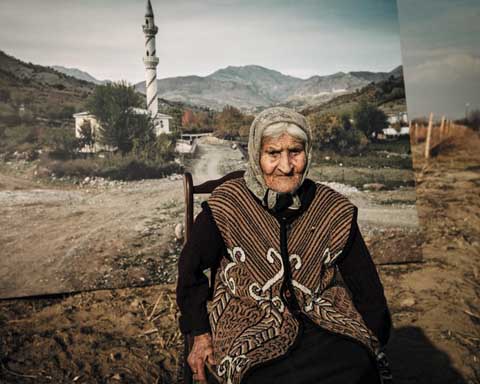
Now 101, Mariam Sahakyan was born in Sason. She asked Markosian to bring her back soil. She wanted to be buried with it.


